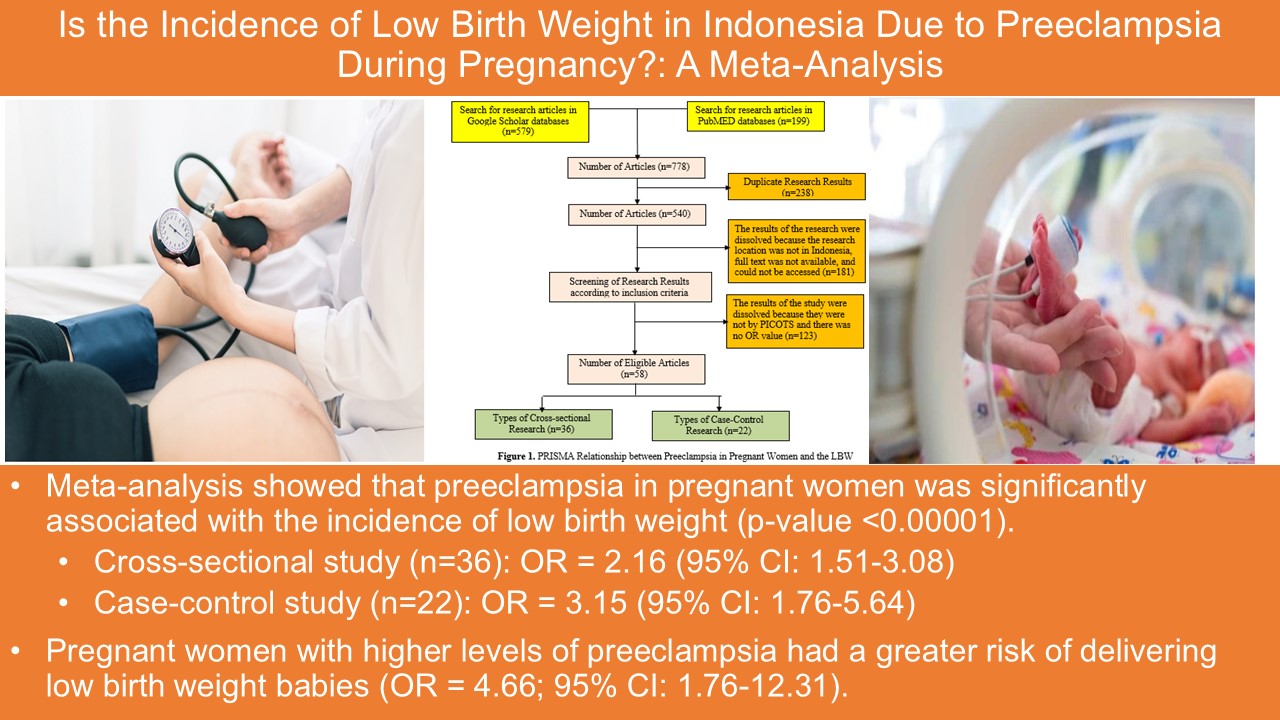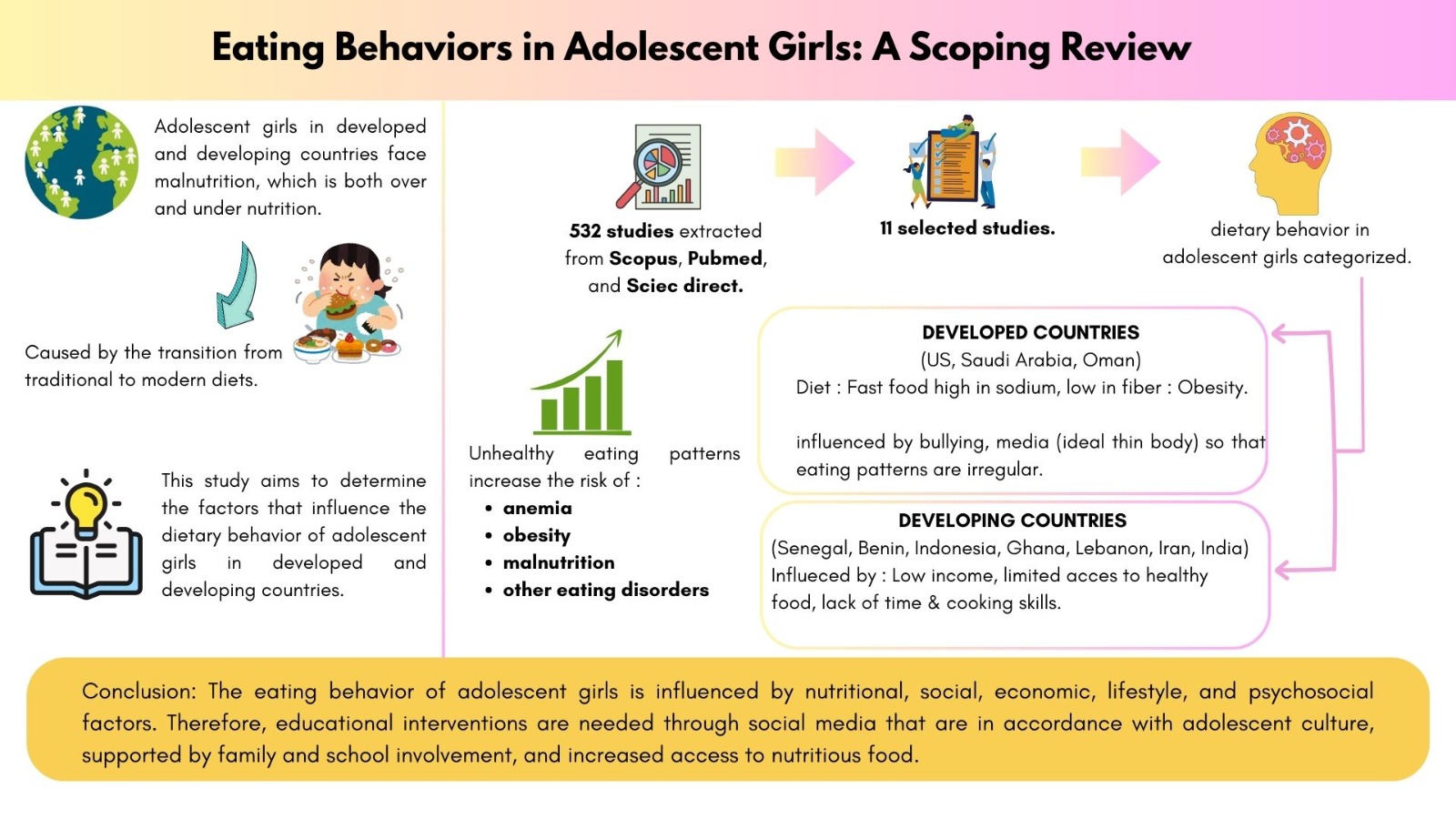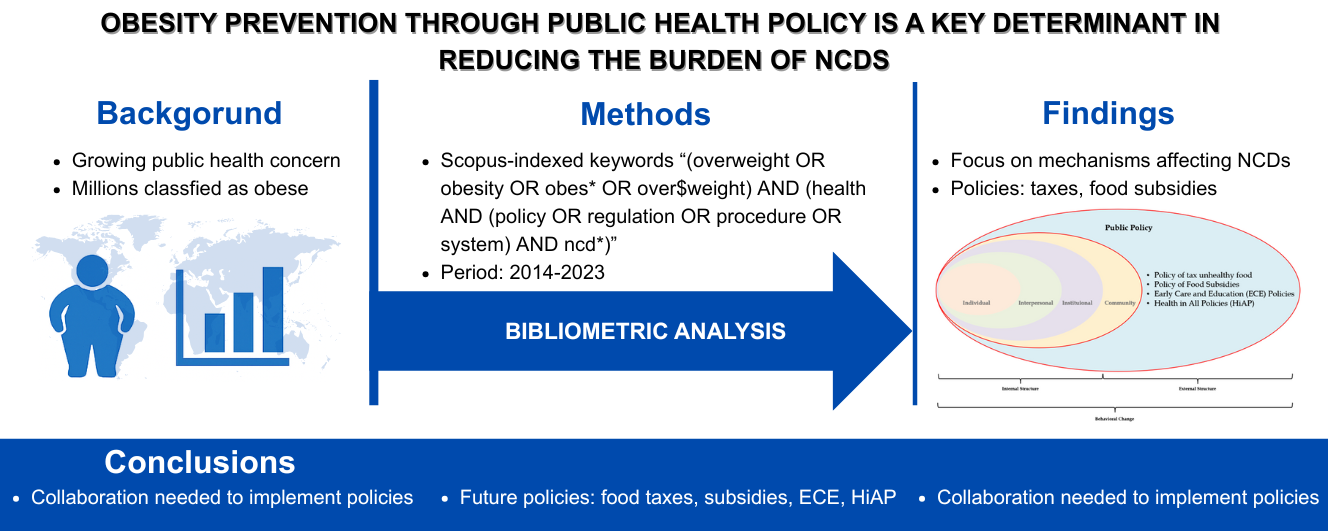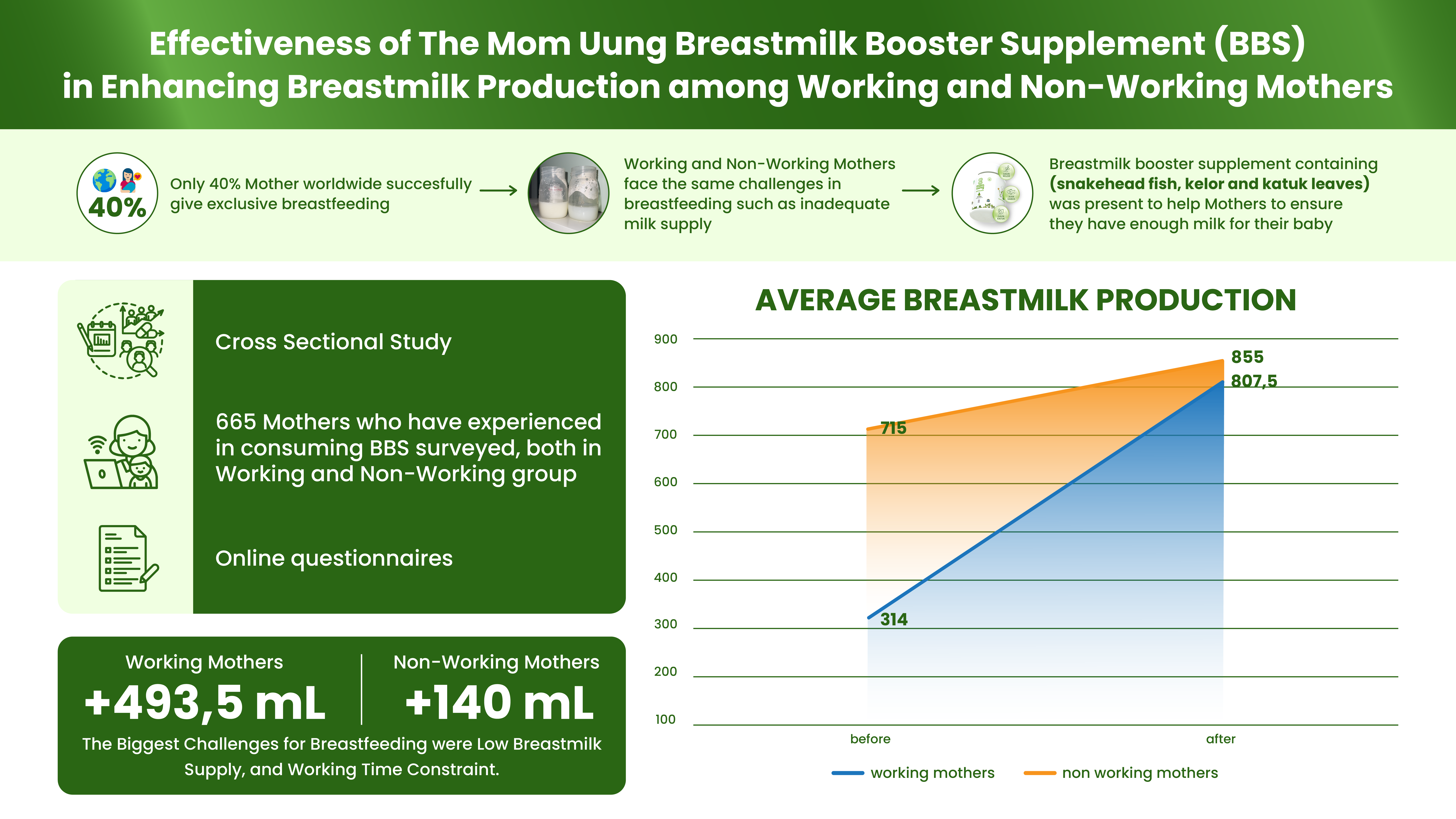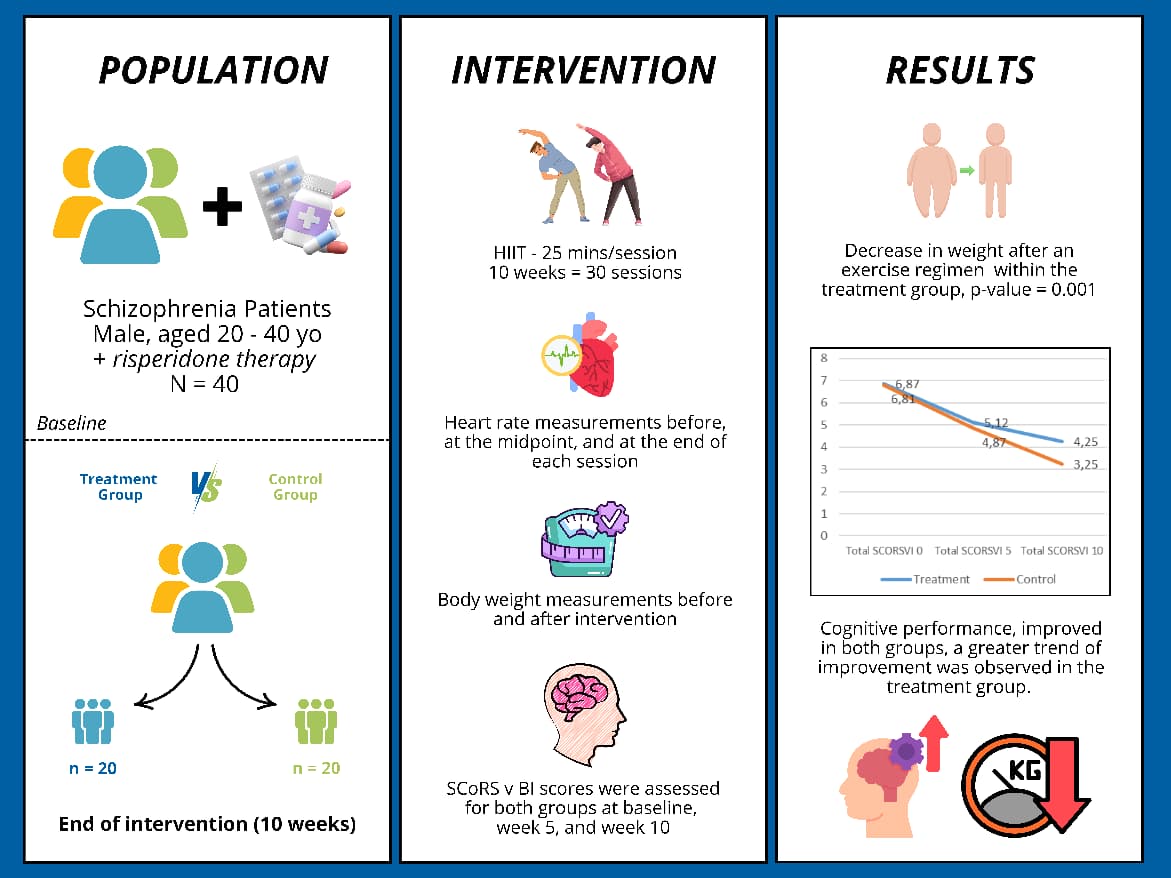VARIATIONS IN FOOD NORMS AND PRACTICES BY MEAL TIMES AMONG INDIVIDUALS AGED 18-35 IN URBAN INDONESIA: AN ANALYSIS OF THE 2018 INDONESIAN FOOD BAROMETER
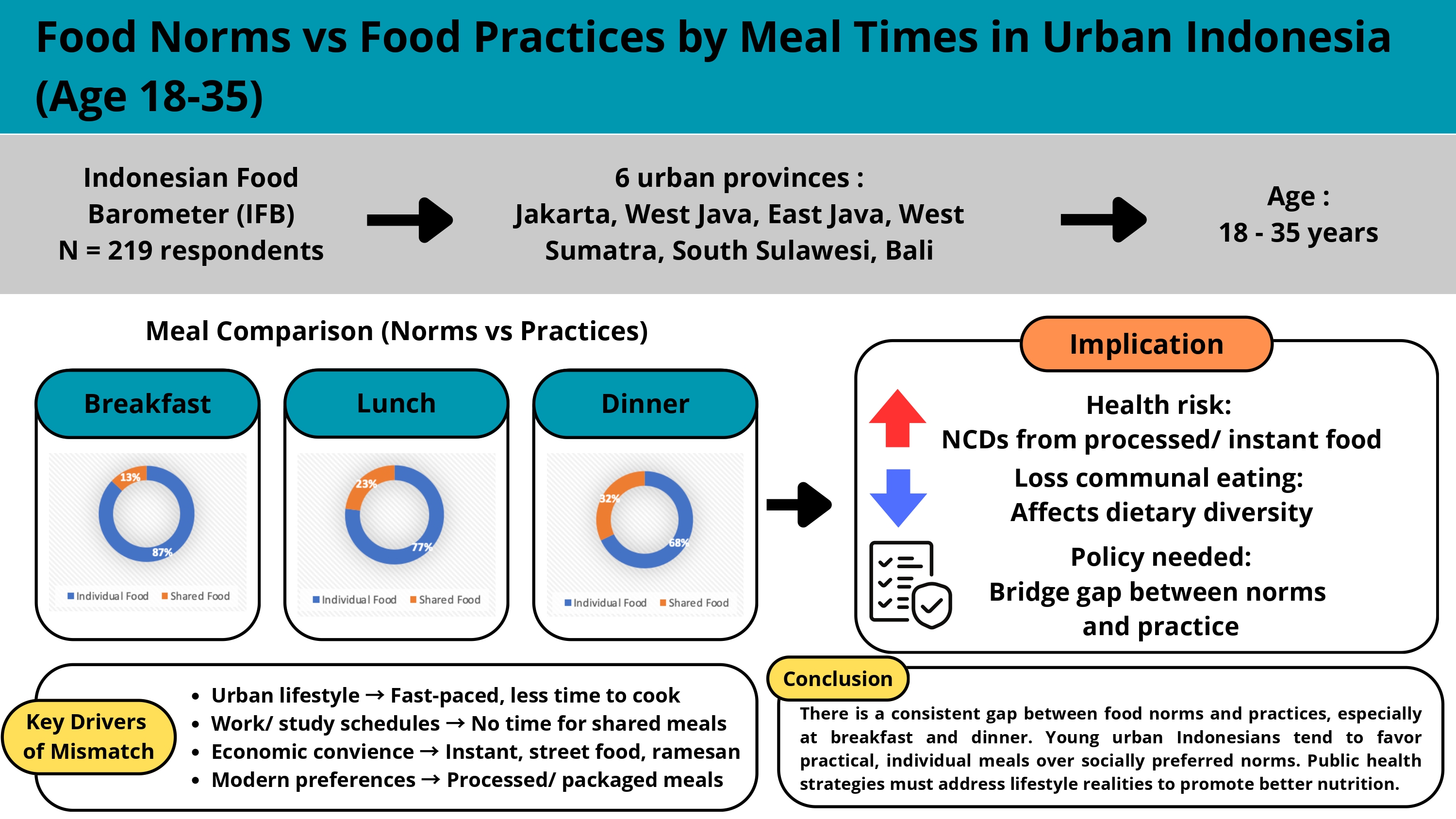
Downloads
The culinary history of Indonesia reflects its rich diversity, influenced by cultural, social, and economic factors. In this context, food norms and practices vary across the country, particularly in terms of food selection and consumption. Food norms refer to cultural expectations and rules surrounding food choices, while food practices include the actual behavior of individuals during consumption. This study aimed to identify, analyze, and understand the differences between food norms and practices based on meal times in urban areas of Indonesia. To achieve this objective, a quantitative method with a cross-sectional design was adopted, utilizing data from the 2018 Indonesian Food Barometer (IFB). The study was conducted in 6 provinces- West Java, East Java, South Sulawesi, West Sumatra, Jakarta, and Bali-, with subjects aged 18 to 35 years. Furthermore, the collected data were analyzed using IBM SPSS statistical software and the McNemar Test. The results showed that there were differences between food norms and food practices at breakfast, lunch, and dinner. In particular, the largest gap occurred at breakfast, where food norms tended to be healthier than actual practices. In addition, consumption patterns at dinner showed a greater influence of social factors compared to other meal times.
Agustina, R., Nadiya, K., Andini, E. A., Setianingsih, A. A., Sadariskar, A. A., Prafiantini, E., Wirawan, F., Karyadi, E., & Raut, M. K. (2020). Associations of meal patterning, dietary quality and diversity with anemia and overweight-obesity among Indonesian school-going adolescent girls in West Java. PLOS ONE, 15(4), e0231519. https://doi.org/10.1371/journal.pone.0231519
Alimi, B. A. (2016). Risk factors in street food practices in developing countries: A review. Food Science and Human Wellness, 5(3), 141–148. https://doi.org/10.1016/j.fshw.2016.05.001
Antriyandarti, E., Agustono, Rusdiyana, E., & Ani, S. W. (2021). The dynamics of household residence and decision making where to purchase rice in a sustainable development era: A case study in urban and rural Indonesia. IOP Conference Series: Earth and Environmental Science, 739(1), 012049. https://doi.org/10.1088/1755-1315/739/1/012049
Arinda, D. F., Fajar, W. I., Sari, D. M., & Yuliarti, Y. (2021). Aktivitas fisik, perilaku kesehatan dan gizi di masa new normal pada pegawai di Indonesia. Jurnal Pangan Kesehatan Dan Gizi Universitas Binawan, 1(2), 9–19. https://doi.org/10.54771/jakagi.v1i2.154
Gibney, M., Barr, S., Bellisle, F., Drewnowski, A., Fagt, S., Livingstone, B., Masset, G., Varela Moreiras, G., Moreno, L., Smith, J., Vieux, F., Thielecke, F., & Hopkins, S. (2018). Breakfast in Human Nutrition: The International Breakfast Research Initiative. Nutrients, 10(5), 559. https://doi.org/10.3390/nu10050559
Khusun, H., Anggraini, R., Februhartanty, J., Mognard, E., Fauzia, K., Maulida, N. R., Linda, O., & Poulain, J.-P. (2023). Breakfast Consumption and Quality of Macro- and Micronutrient Intake in Indonesia: A Study from the Indonesian Food Barometer. Nutrients, 15(17), 3792. https://doi.org/10.3390/nu15173792
Kim, H. J., & Kim, K. W. (2023). Beliefs, self-efficacy, subjective norms, and eating behaviors according to the breakfast frequency among female university students in South Korea. Nutrition Research and Practice, 17(6), 1170. https://doi.org/10.4162/nrp.2023.17.6.1170
Kosaka, S., Suda, K., Gunawan, B., Raksanagara, A., Watanabe, C., & Umezaki, M. (2018). Urban-rural difference in the determinants of dietary and energy intake patterns: A case study in West Java, Indonesia. PLOS ONE, 13(5), e0197626. https://doi.org/10.1371/journal.pone.0197626
Lisetyaningrum, I., Pujasari, H., & Kuntarti. (2021). A Cross-Sectional Analysis of Snacking Habits, Eating Habits, Physical Activity, and Indicators of Obesity among High School Students in Jakarta, Indonesia. Journal of Public Health Research, 10(1_suppl), jphr.2021.2402. https://doi.org/10.4081/jphr.2021.2402
Panjaitan, B., Tobing, K. N., & Harahap, S. (2020). Penyuluhan manfaat sarapan di smk yapim sei rotan medan. Jurnal Abdimas Mutiara, 1(1), 82–88.
Putra, A., Syafira, D. N., Maulyda, S., & Cahyati, W. H. (2018). Kebiasaan Sarapan pada Mahasiswa Aktif. HIGEIA (Journal of Public Health Research and Development), 2(4), 577–586. https://doi.org/10.15294/higeia.v2i4.26803
Rozi, F., Santoso, A. B., Mahendri, I. G. A. P., Hutapea, R. T. P., Wamaer, D., Siagian, V., Elisabeth, D. A. A., Sugiono, S., Handoko, H., Subagio, H., & Syam, A. (2023). Indonesian market demand patterns for food commodity sources of carbohydrates in facing the global food crisis. Heliyon, 9(6), e16809. https://doi.org/10.1016/j.heliyon.2023.e16809
Rustiadi, E., Pravitasari, A. E., Setiawan, Y., Mulya, S. P., Pribadi, D. O., & Tsutsumida, N. (2021). Impact of continuous Jakarta megacity urban expansion on the formation of the Jakarta-Bandung conurbation over the rice farm regions. Cities, 111(3), 103000. https://doi.org/10.1016/j.cities.2020.103000
Saragih, B., & Saragih, F. M. (2020). Gambaran Kebiasaan Makan Masyarakat pada Masa Pandemi Covid-19. Research Gate, 19, 1–12.
Scaglioni, S., De Cosmi, V., Ciappolino, V., Parazzini, F., Brambilla, P., & Agostoni, C. (2018). Factors Influencing Children’s Eating Behaviours. Nutrients, 10(6), 706. https://doi.org/10.3390/nu10060706
Watso, J. C., Fancher, I. S., Gomez, D. H., Hutchison, Z. J., Gutiérrez, O. M., & Robinson, A. T. (2023). The damaging duo: Obesity and excess dietary salt contribute to hypertension and cardiovascular disease. Obesity Reviews, 24(8), e13589.
Zhou, C., Li, M., Liu, L., Zhao, F., Cong, W., & Zhang, F. (2021). Food Consumption and Dietary Patterns of Local Adults Living on the Tibetan Plateau: Results from 14 Countries along the Yarlung Tsangpo River. Nutrients, 13(7), 2444. https://doi.org/10.3390/nu13072444

This work is licensed under a Creative Commons Attribution-NonCommercial-ShareAlike 4.0 International License.
- MEDIA GIZI INDONESIA Journal is the copyright owner of all materials published on this website.
- The formal legal provisions for access to digital articles of this electronic journal are subject to the terms of the Creative Commons Attribution-NonCommercial-ShareAlike license (CC BY-NC-SA 4.0), which means that MEDIA GIZI INDONESIA Journal and readers reserve the right to save, transmit media / format, manage in database, maintain, and publish articles as long as it continues to include the name of the Author.
- Printed and published print and electronic manuscripts are open access for educational, research and library purposes. In addition to these objectives, the editorial board shall not be liable for violations of copyright law.


2.png)















